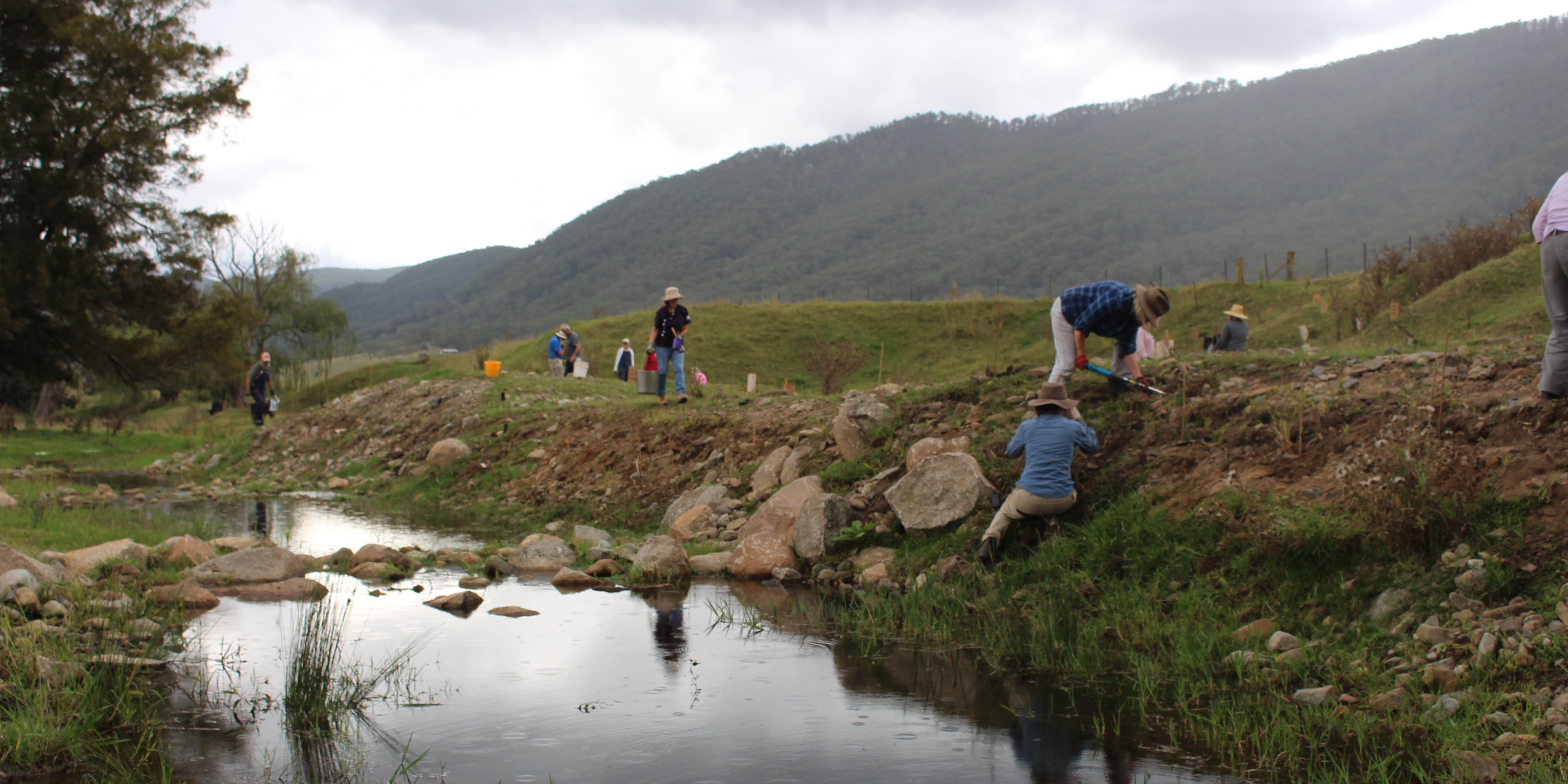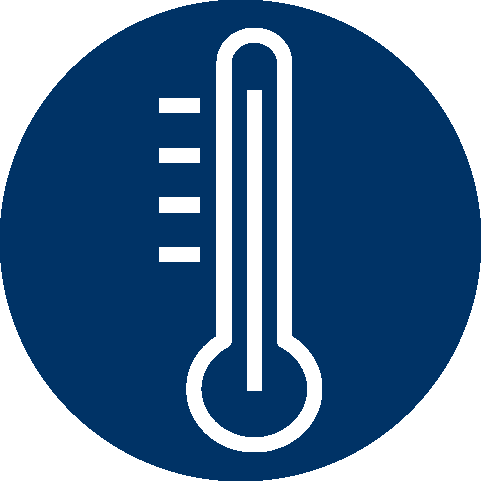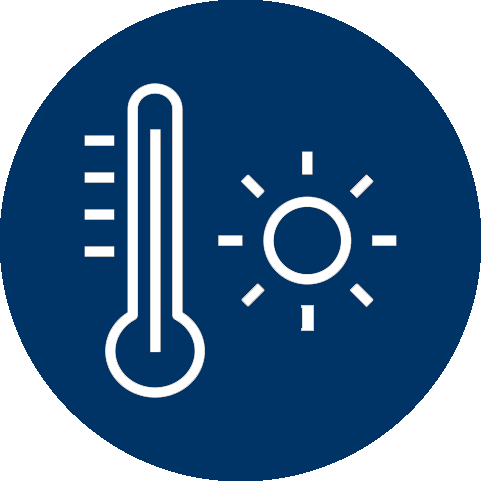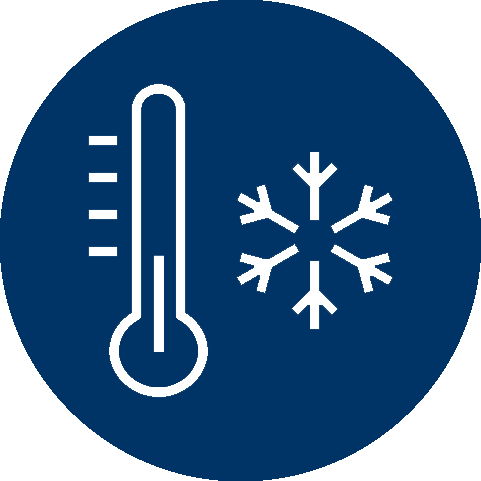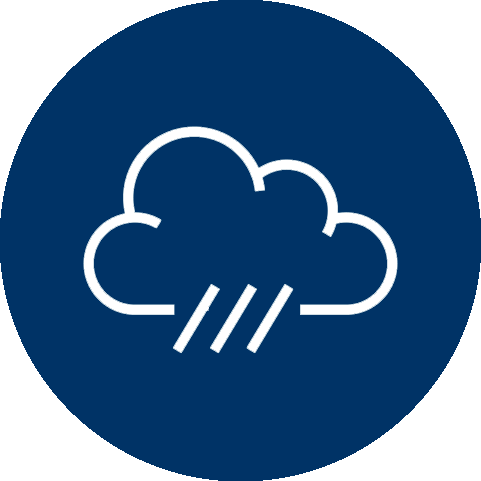Key points
- The NSW climate is changing. While changes will vary in each region, in general we will see higher temperatures, changes to rainfall patterns, and increases in fire weather and the risk of bushfire.
- These changes will affect the people, environment and economy of NSW.
- The NSW Government is committed to action on climate change under the Climate Change (Net Zero Future) Act 2023.
- The NSW Government released the NSW Climate Change Adaptation Strategy in 2022 which sets out an ambitious approach to climate change adaptation. The strategy provides a framework that will strengthen and expand NSW Government action to adapt to climate change now and over the long term.
- In October 2024, the NSW Government released the NSW Climate Change Adaptation Action Plan 2025-2029, the first adaptation action plan under the strategy with 46 actions led by 8 agencies over the next 5 years to deliver adaptation action.
- The NSW Government also provides information, tools and support to help government, industry and communities adapt to climate change. Information includes detailed climate projections, available for each region of NSW and the Climate Risk Ready Guide and Climate Change Fund.
Importance of NSW
The State of NSW encompasses the traditional lands of many peoples of different nations.
NSW is Australia’s most populous state, and over 71% of the NSW population live in major cities. Recent population growth has been greatest in Metropolitan Sydney, as well as in the Hunter and North Coast regions.
Its population is culturally diverse and has a strong working-age base.
NSW covers a large area with varied landscapes, from the mountainous region of the Great Dividing Range, coastal rivers flow eastward to the sea. The western plains cover almost two-thirds of the state.
The state’s climate ranges from arid regions in the west that receive low rainfall, to alpine regions in the south-east which receive snow in winter. The north-east of the state is humid and subtropical, and receives high summer rainfall and relatively dry winters. The south experiences rainfall due to cold fronts and lows crossing south-eastern Australia during cooler months.
NSW is Australia’s largest state economy, accounting for around a third of the nation’s economic output. The largest industries in NSW, by employment, are health care and social assistance, retail trade, specialised services (professional, scientific and technical), education and training, and construction. Together these industries account for half of all employment in the state.
These cultural, environmental and economic values are just some aspects of the State identified as highly vulnerable to climate change. NSW is already experiencing the effects, particularly through increased temperatures. The impacts of this are evident in the widespread bushfires of 2019–2020, prolonged drought in inland areas and increased coastal erosion in the state's coastal regions.
The statewide climate has provided the foundation for many of its region’s current social, ecological and economic systems. Climate change is now altering these foundations, with impacts already visible and expected to increase through rising temperatures, more hot days, fewer cold nights, higher rainfall variability and greater fire danger.
How NSW is affected by climate change
NARCliM2.0 climate projections at a glance
Climate projections for NSW are shown relative to a baseline. This consistent reference point (the baseline) avoids the problems that could occur if future projections are measured against a shifting point of comparison, such as a constantly moving 'current' period.
- The baseline period: the modelled average of the 20-year period between 1990-2009.
- Middle of the century (2050): the projected average of the 20-year period between 2040-2059.
- End of the century (2090): the projected average of the 20-year period between 2080-2099.
Detailed information on the projected climate changes for NSW can be found in the NSW climate change snapshot or can be explored further through the Interactive climate change projections map.
Projections for NSW
Temperature
Across NSW, average temperatures are projected to rise throughout this century under all emissions scenarios. The main difference between scenarios is the scale of change: lower emissions show slower and more moderate increases, while higher emissions lead to a greater and ongoing rise in average temperature.
Under a low-emissions scenario, the rate of average temperature increase is expected to slow around the middle of the century. Under medium- and high-emissions scenarios, temperatures are expected to keep climbing past the middle of the century with no sign of levelling off by the end of the century, with faster and greater increases under a high-emissions scenario.
Hot days
Across NSW, the number of hot days is projected to increase throughout this century under all emissions scenarios. The main difference between scenarios is the scale of change: lower emissions show slower and more moderate increases, while higher emissions lead to a greater and ongoing rise in the number of hot days.
Under a low-emissions scenario, the rate of increase is expected to slow around the middle of the century. Under medium- and high-emissions scenarios, the number of hot days is expected to keep rising past the middle of the century, with no sign of levelling off by the end of the century, with faster and greater increases under a high-emissions scenario.
Case study The NSW outdoor workforce is highly vulnerable to more hot days, including major industries like construction which accounts for nearly 10% of jobs in the state. Workers regularly exposed to extreme heat face greater risks of fatigue, reduced concentration, and workplace accidents. Heat also reduces productivity. Australian outdoor workers lose tens of thousands of work hours each year due to heat stress. |
Cold nights
There will be noticeably fewer cold nights in NSW this century. The main difference between scenarios is the pace and size of the decline: lower emissions slow the change, while higher emissions lead to faster and greater losses.
Under a low-emissions scenario, the decline of cold nights slows around the middle of the century. Under a medium- and high-emissions scenarios, the number of cold nights continues to decline past the middle of the century, with no sign of levelling off, and by the end of the century the region could have very few, if any, cold nights under a high-emissions scenario.
Case study Increased minimum temperatures and a reduction in the number of cold nights will have significant impacts on snow cover and snow depth. Natural snow depth in alpine areas has declined by 30% since the 1950s and years with persistent heavy snow cover have become rare. |
Rainfall
Annual average rainfall in NSW is projected to remain variable throughout this century but is projected to decline under all emissions scenarios. The main differences between scenarios are in how large the reductions are and when they occur.
By the middle of the century, the high-emissions scenario shows a noticeably greater drop in annual rainfall than the low- and medium-emissions scenarios. By the end of the century, the differences between scenarios change their behaviour, rainfall continues to decline under the low- and medium-emissions scenarios, while the high-emissions scenario shows a slight increase in rainfall from the middle of the century but still remains below current levels.
Case study Across southern Australia, long-term declines in rainfall have already led to reduced streamflow. Less streamflow creates a higher risk of toxic algal blooms, which are more likely to occur and last longer in warmer, low-flow conditions. These changes put water quality and supply at risk, making it harder to deliver safe and reliable water to communities. |
Severe fire weather
Across NSW, the number of severe fire weather days is projected to rise throughout this century under all emissions scenarios. The main difference between scenarios is the scale of change: lower emissions show slower and more moderate increases, while higher emissions lead to a greater and ongoing rise in number of severe fire weather days.
Under a low-emissions scenario, the rate of increase is expected to slow around the middle of the century. Under medium- and high-emissions scenarios, severe fire weather days are expected to keep climbing past the middle of the century with no sign of levelling off by the end of the century, with faster and greater increases under a high-emissions scenario.
Case study Ecosystems most vulnerable to fire were severely affected, including 21% of all NSW alpine vegetation and 37% of all NSW rainforests. At least 293 threatened animal species and 680 threatened plant species were affected by the fires. |
Projected sea-level rise and coastal hazards
Sea-level rise
Sea level is projected to continue rising under all greenhouse gas emissions scenarios. This ongoing rise is expected to increase the vulnerability of communities, infrastructure, and natural ecosystems—particularly under high-emissions scenarios.
Currently, the sea level along the NSW coast is rising at a rate of 3.7 mm per year. This has already contributed to more frequent street inundation in some coastal communities.
By 2100 at Port Kembla, sea level is projected to rise by:
- 0.23–0.56 m under SSP1-2.6
- 0.37–0.73 m under SSP2-4.5
- 0.50–0.91 m under SSP3-7.0
- 0.59–1.04 m under SSP5-8.5
These projections are relative to the 1995–2014 baseline and are based on data from the Intergovernmental Panel on Climate Change (IPCC) Sixth Assessment Report. Further details on the methodology and the full set of projections are available through the IPCC Sixth Assessment Report and the NASA Sea Level Projection Tool.
Learn more about the impacts of sea-level rise.
Coastal Hazards
Exposure to coastal hazards, including coastal erosion, estuarine inundation, and coastal overwash, is projected to increase under all sea-level rise scenarios.
Coastal erosion along the NSW coast is expected to intensify over time, with more severe impacts likely under higher emissions scenarios.
Exposure to estuarine inundation is projected to rise across all emissions scenarios, with the rate of exposure accelerating. This type of inundation will primarily affect areas near the entrances of Intermittently Closed and Open Lakes and Lagoons (ICOLLs), as well as locations with built structures such as seawalls. The North Coast, Port Stephens, Central Coast, and Sydney are expected to experience the highest levels of tidal inundation.
Coastal overwash is also projected to increase along the NSW coastline under all emissions scenarios. However, the rate of increase is expected to be more moderate due to the natural protective features of the coastline, such as cliff faces.
Learn more about the impacts of sea-level rise and coastal hazards by accessing the coastal hazards snapshots and technical report.
Adapting to changes in NSW
The NSW Government, together with many councils, industry and community groups, are taking important steps to help each of our regions adapt to the impacts of climate change.
The Climate Change (Net Zero Future) Act 2023 legislates an objective to make NSW more resilient to climate change. The NSW Climate Change Adaptation Strategy provides a framework and actions to help achieve that objective and the NSW Climate Change Adaptation Action Plan 2025-2029 includes 46 keys actions led by 8 agencies over the next 5 years to help the state adapt.
We are also developing the information and tools to help government, businesses and communities build resilience to current change and future extreme events, by helping them to understand and minimise climate change impacts.
Some important information and tools are contained in the Climate Risk Ready Guide. The guide was developed by the NSW Department of Planning, Industry and Environment, in partnership with NSW Treasury, to help state government staff manage risks and opportunities associated with climate change. It includes
- Climate Risk Ready Guide, which offers a 4-step process to conduct or revise a climate change risk assessment aligned to ISO:31000(2018) Risk management guidelines. It builds on national and international best practice in climate change risk assessment and adaptation practice.
- Climate Risk Assessment Tool, which provides a template to identify, assess and evaluate climate change risks. This tool may be adapted to align to existing risk management frameworks in each organisation.
- Climate Risk Maturity Health Check Tool, which takes users through simple steps to understand the current climate risk management maturity of the organisation, and its level of adaptative capacity. The tool is aligned to the NSW Treasury Risk Maturity Assessment Tool.
The assessments generate information that can be used by organisations to develop adaptation strategies and make decisions to integrate climate risk management into existing policies and procedures and reduce their climate risk over time.
In addition, further guidance on taking action is provided for state government agencies and local councils and authorities. Regional information on climate risk and opportunities for action is available on the pages for each region in this section.
Through the Climate Change Fund, the NSW Government has also helped households, businesses and councils to adapt by funding specific adaptation and resilience actions.
How we are addressing climate change
The Climate Change (Net Zero Future) Act 2023 legislates emission reductions targets to help NSW achieve net zero emissions by 2050.
To help achieve our emission reduction objectives, we have released the Net Zero Plan Stage 1: 2020 – 2030. The plan outlines how we will reduce emissions by promoting energy efficiency and renewable energy alternatives. The plan aims to enhance the prosperity and quality of life of the people of NSW while achieving net zero emissions by 2050.
Find out more about what the NSW Government is doing to reduce climate change in the Net Zero Plan Stage 1: 2020-30 Implementation Update, as well as on our NSW government action on climate change page.
In addition, the NSW Electricity Infrastructure Roadmap sets out a 20-year plan to deliver the generation, storage, firming and transmission infrastructure we need to provide clean, cheap, and reliable NSW power into the future.
Find out more about the Net Zero Plan and how NSW is reducing emissions.
If you have an example of how a community group, business or local government is adapting to climate change, email AdaptNSW so we can share your story.
Together, we can adapt to climate change impacts and continue to work towards a positive future for NSW.
How to adapt to climate changeNet Zero Plan Stage 1: 2020-2030 – NSW Government
Net Zero Plan Stage 1: 2020-30 Implementation Update – NSW Government
NSW Climate Change Policy Framework – NSW Government
Asset Management Policy – NSW Government
Climate Risk Ready training – NSW Government and Western Sydney University
Case studies from NSW
The Restore and Renew webtool provides simple, science-backed guidance to improve restoration projects across New South Wales. In the Hunter Valley, it is helping to rebuild climate-ready, genetically diverse populations of the River Red Gum.

The Yass Area Network of Landcare Groups is is using the Restore and Renew webtool to guide seed selection for their Climate Ready Revegetation Project.
